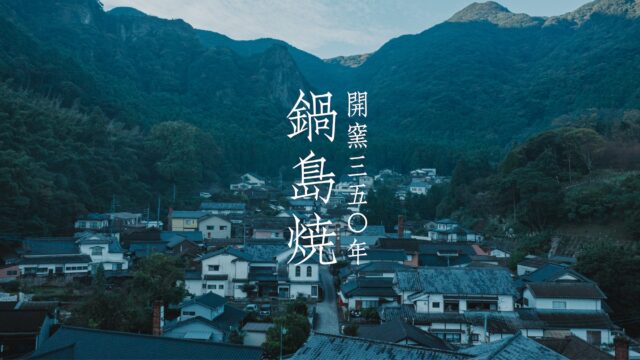Shitsurindo and ZOZO NEXT Launched Collaborative Research on New Lacquer Techniques
KOGEI Topics VOL.19
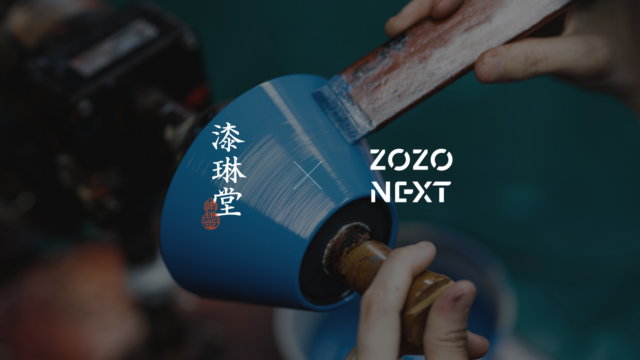

VOL.1-19
Update
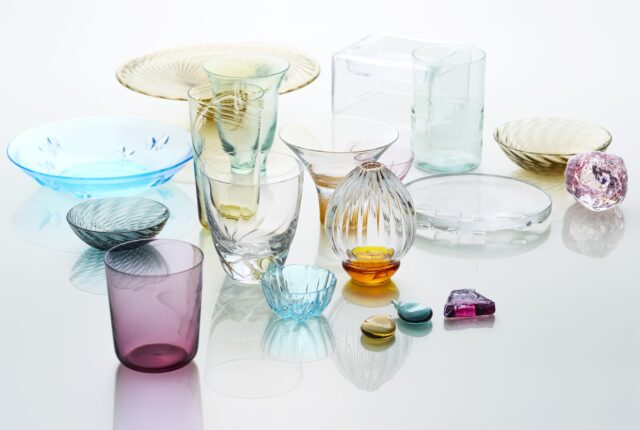
VOL.1-17
Update
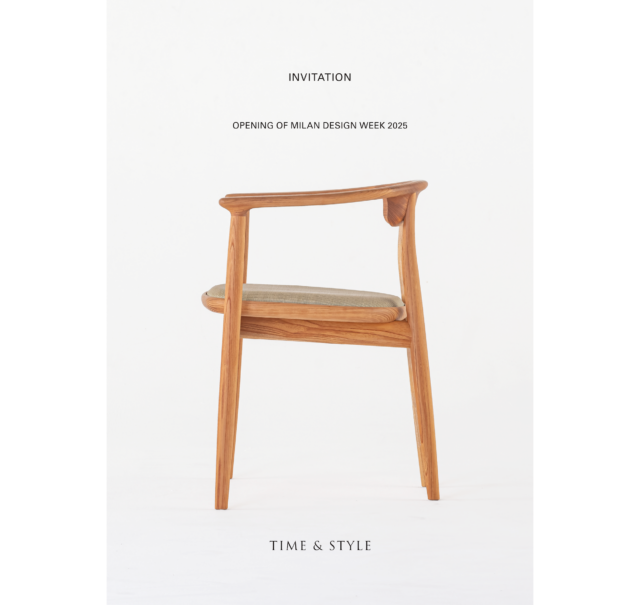
VOL.1-43
Update
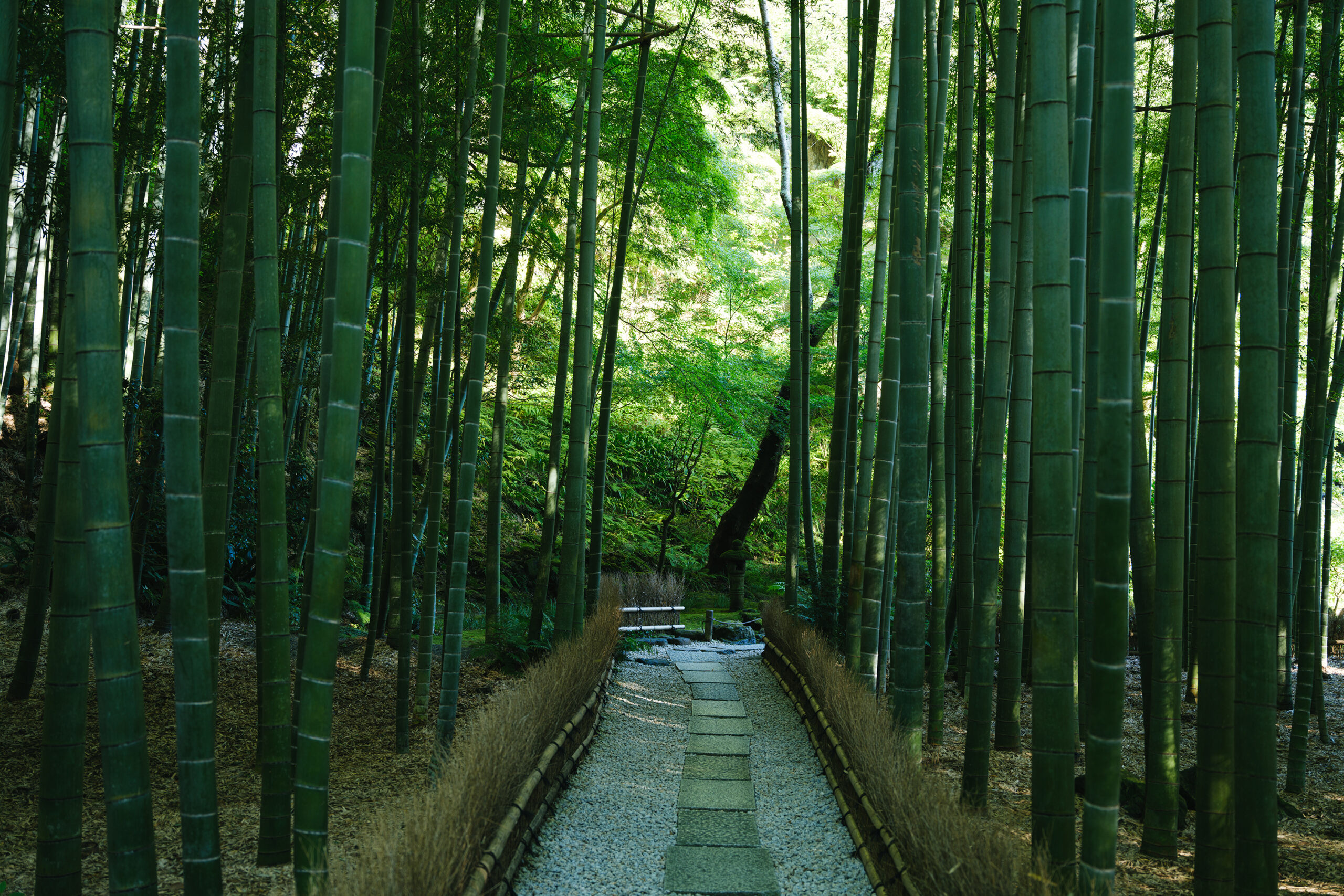
VOL.1-2
Update
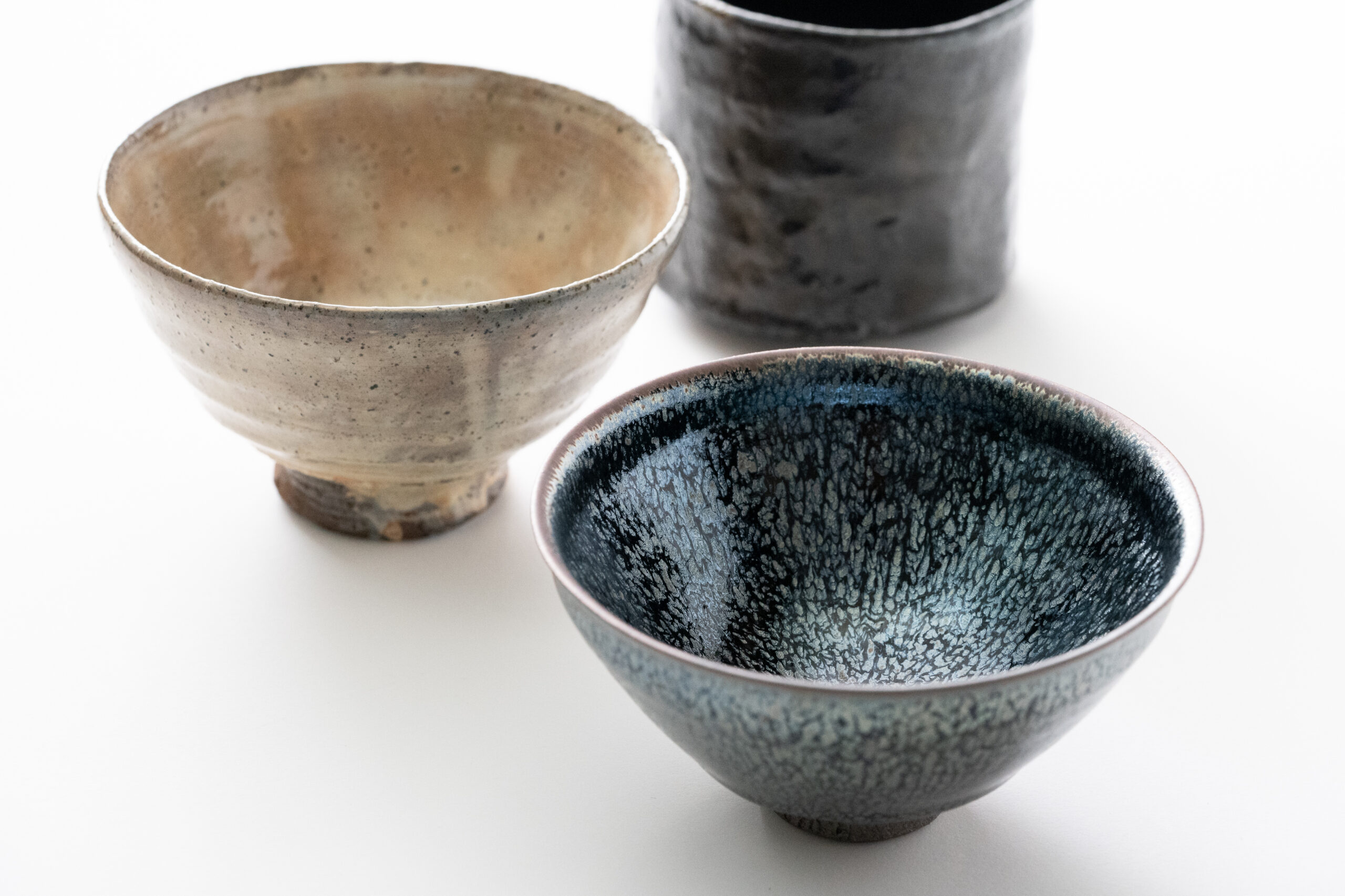
VOL.1-3
Update
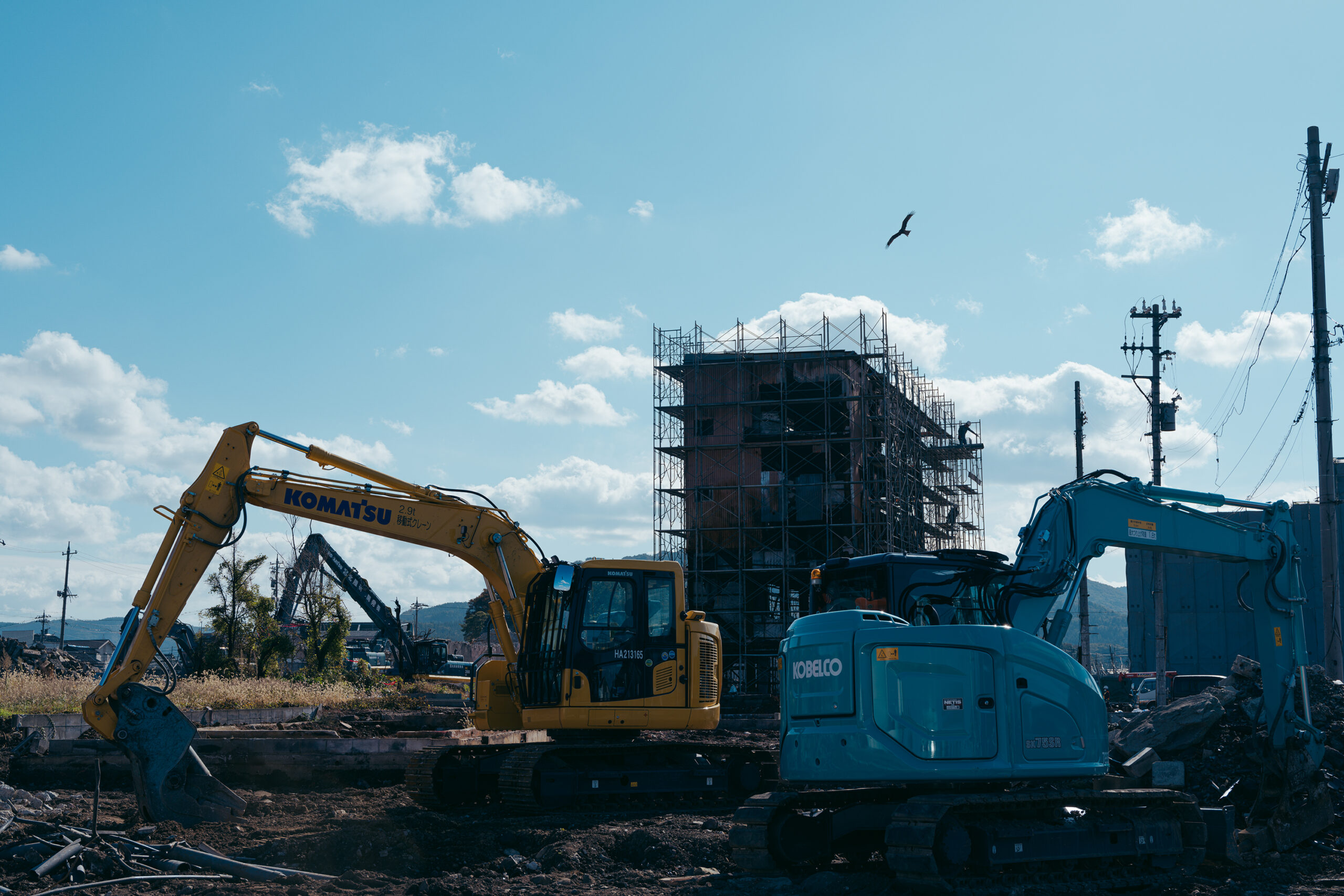
VOL.1
Update
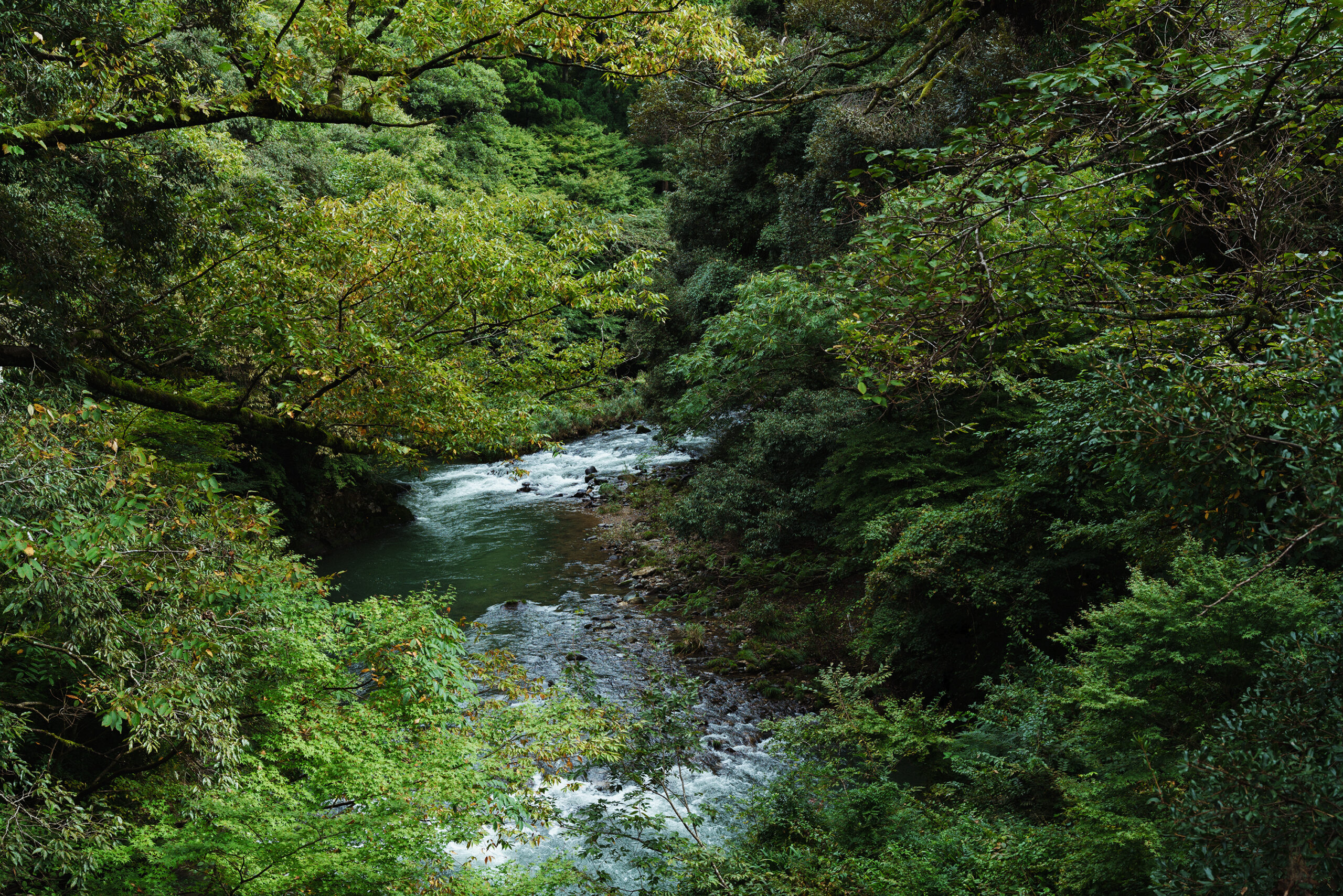
VOL.1-7
Update
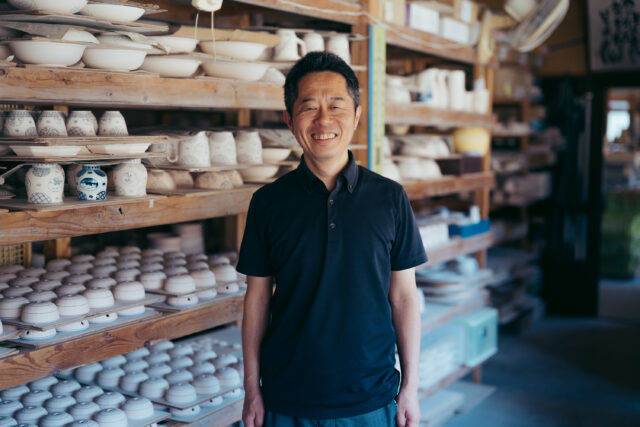
VOL.1-32
Update
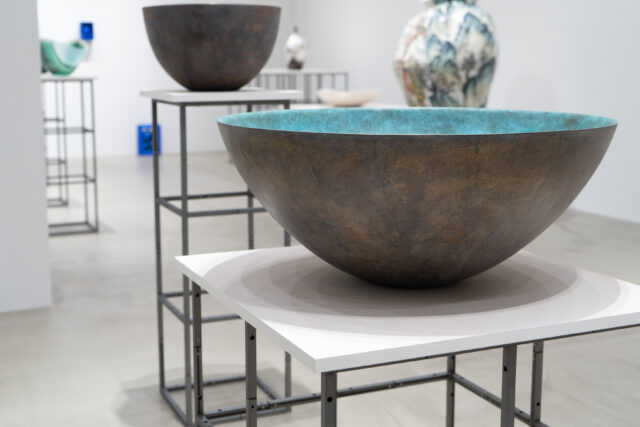
VOL.1-26
Update
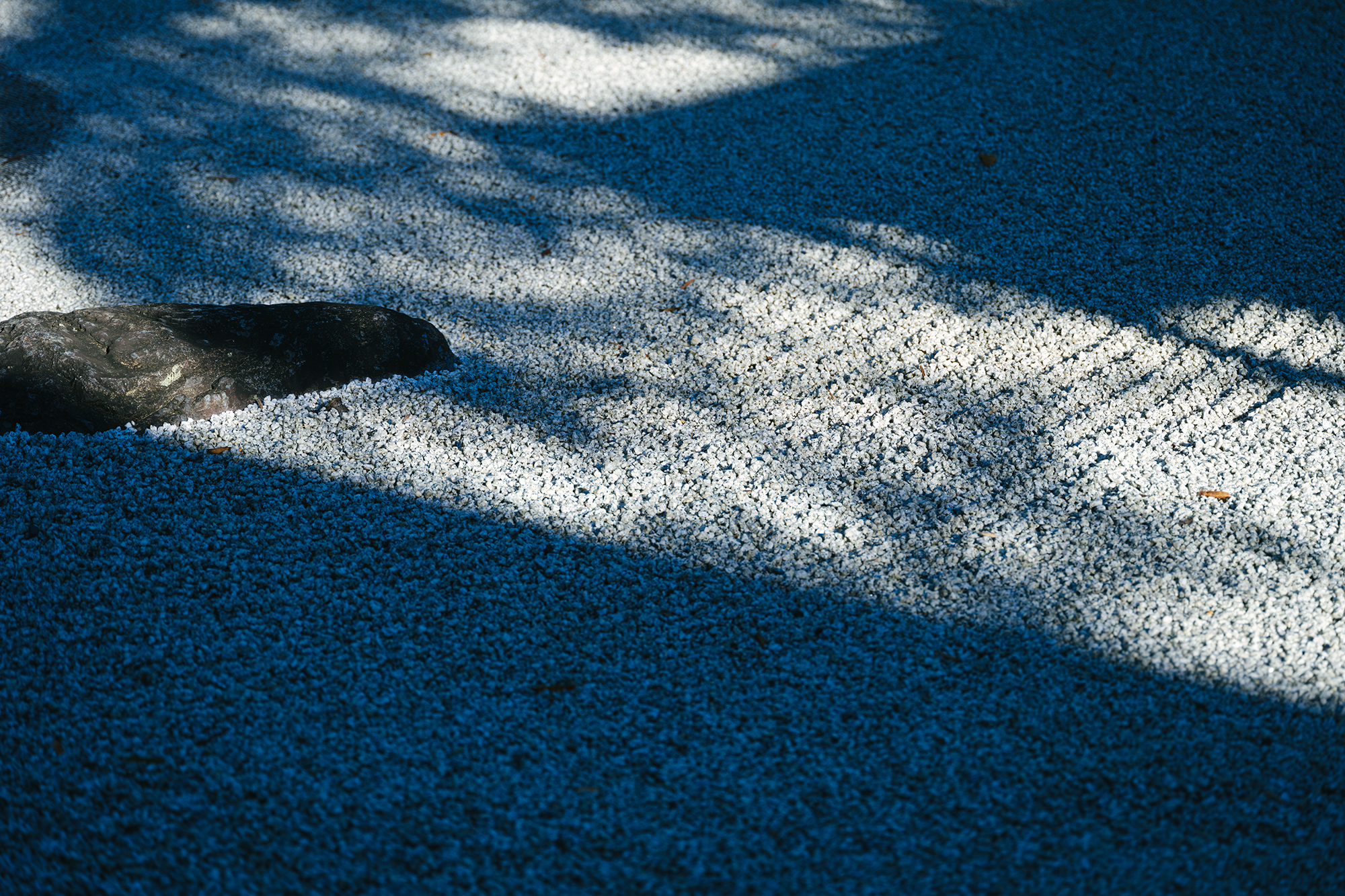
VOL.1-12
Update
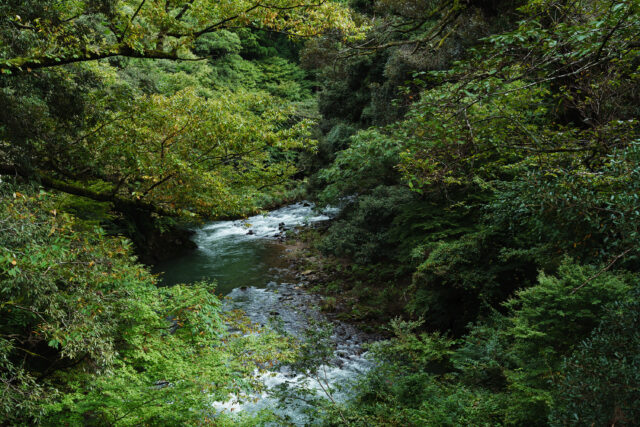
VOL.1-3
Update
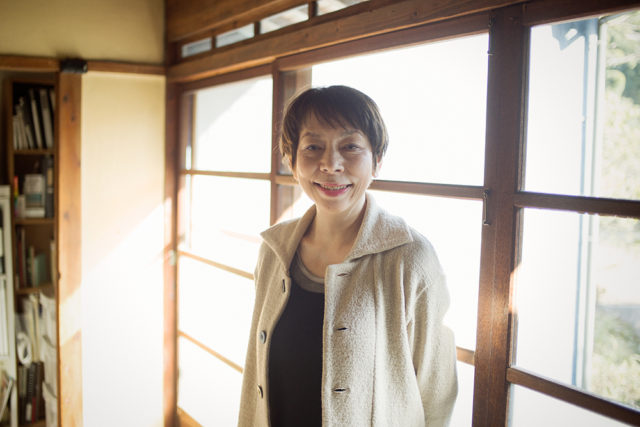
VOL.1
Update
We share a variety of information and perspectives on Japanese crafts, including exhibition information and interviews.
KOGEI Topics VOL.19
New Products VOL.17
Featured Exhibitions & Events VOL.43
KOGEI Topics VOL.18
Apr 5 – Jun 22, 2025
SEIKADO BUNKO ART MUSEUM
Apr 8 – May 6, 2025
The Gotoh Museum
Apr 11 – Jun 15, 2025
Kyoto City KYOCERA Museum of Art
Apr 12 – Jun 29, 2025
TOGURI MUSEUM OF ART

A visit to Fukawa Sonose is strangely calming. How does ceramic artist Takao Tahara, who was born and raised in the production area of Fukawa-Hagi and has inherited the historic kiln there, perceive and approach the world of Hagi ware? We delve into Takao’s personality and thoughts on ceramic making as reflected in his works.
Interview by Kyoko Tsutsumi
A ceramic artist living in Nagato City, Yamaguchi Prefecture, he was born and grew up in one of the Fukawa kilns of Hagi ware which has a long history. Based on the traditional style using daidotsuchi (clay that is produced in Daido, Yamaguchi Prefecture), he pursues his new way of glazing expressions.
PROFILEAround the beginning of the Edo period (1603-1868), the then lord of the Hagi domain invited the brothers Yi Chak-kwang and Yi Kyong, who were potters from Korea, to make pottery in his domain. This was the beginning of Hagi ware. About 50 years later, many craftsmen moved to Sonose, culminating in the founding of a new branch kiln when the grandson of Yi Chak-kwang moved to Sonose and established the Sonose Yakimono Studio in 1657. This is said to mark the beginning of the Hagi-Fukawa kiln.
Tahara Tohbe Studio was founded by Akagawa Sukezaemon, who moved to Sonose from a family of disciples of Yi Chak-kwang. At the end of the Edo period, one of Akagawa’s descendants took the family name of the Tahara family, a samurai family in the area. In the Meiji period (1868-1912), he took the name “Tohbe” and began his career as a ceramic artist. Everyone in this district was like that, making ceramics for the clan throughout the Edo period, but shifting to work as individual artists after the clan’s patronage ceased in the Meiji period.
I think people often have a general image of Hagi ware, but surprisingly, while Hagi ware may seem to be set in stone, in fact it is not. Various new styles of Hagi ware are being created now, and all are accepted. I think this is the foundation on which Hagi ware is established. I think that the people who make Hagi ware and the people who use it are all very kind-hearted. I think it is very good that Hagi ware is built on such a spirit that is accepting of new things.
There are both good and bad aspects to this, but right now there are no new young artists coming from outside to begin a career in Hagi ware. We have always been involved in the family business of ceramic making, but these are the only people who are making Hagi ware. I think that Hagi ware made by people who come to Hagi from outside because they are attracted to it will be a work that is uniquely Hagi. However, the current image of Hagi ware is that which had been created by our parents’ generation, so we have to think about how to create something new from there. Therefore, while what the younger generation creates is still Hagi ware, it is not quite the typical Hagi ware of the past. But again, I hope that this will also become a new draw for Hagi ware.
